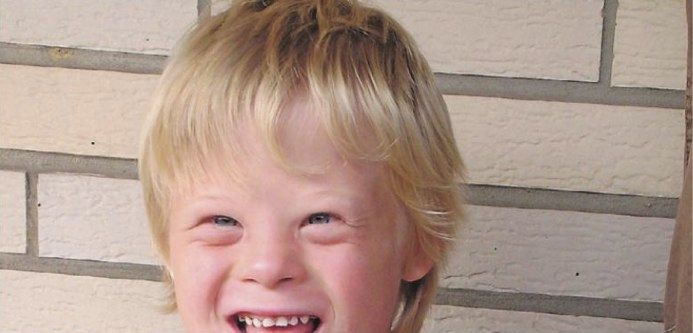Gene silencing technique offers hope for cure for Down syndrome
Is it possible to “cure” Down syndrome? Jeanne Lawrence, of the University Massachusetts Medical School, believes that it could happen some day.

Is it possible to “cure” Down syndrome? Jeanne Lawrence, of the University Massachusetts Medical School, believes that it could happen some day. She and her team have silenced chromosome 21, the extra chromosome which is responsible for the range of physical and cognitive ills suffered by people with Down syndrome. Recently she presented an update on her startling research at the American Society of Human Genetics annual meeting in Boston.
“Silencing of trisomy 21 by manipulation of a single gene in living cells in laboratory cells surmounts the first major obstacle to development of potential ‘chromosome therapy,'” says Dr. Lawrence.
The approach used by Dr. Lawrence and her team was inspired by the natural process that silences one copy of the female mammals’ two sex-determining X chromosomes during embryonic development. In males, the sex-determining chromosomes are X and Y, and gene silencing helps maintain similar expression patterns of X chromosome genes in females and males.
“The results show the clear promise of this new strategy as a novel approach to identify the poorly understood cellular pathways deregulated in Down syndrome and creates the opportunity to derive and study various patient-compatible cell types potentially relevant to Down syndrome therapeutics,” she noted.
The first beneficiaries of this research could be children suffering from other chromosomal disorders like trisomy 13 and 18, as the effects of these are far more severe than Down Syndrome.
Michael Cook
Creative commons
Down syndrome
genetics
- Queensland legalises ‘assisted dying’ - September 19, 2021
- Is abortion a global public health emergency? - April 11, 2021
- Dutch doctors cleared to euthanise dementia patients who have advance directives - November 22, 2020
